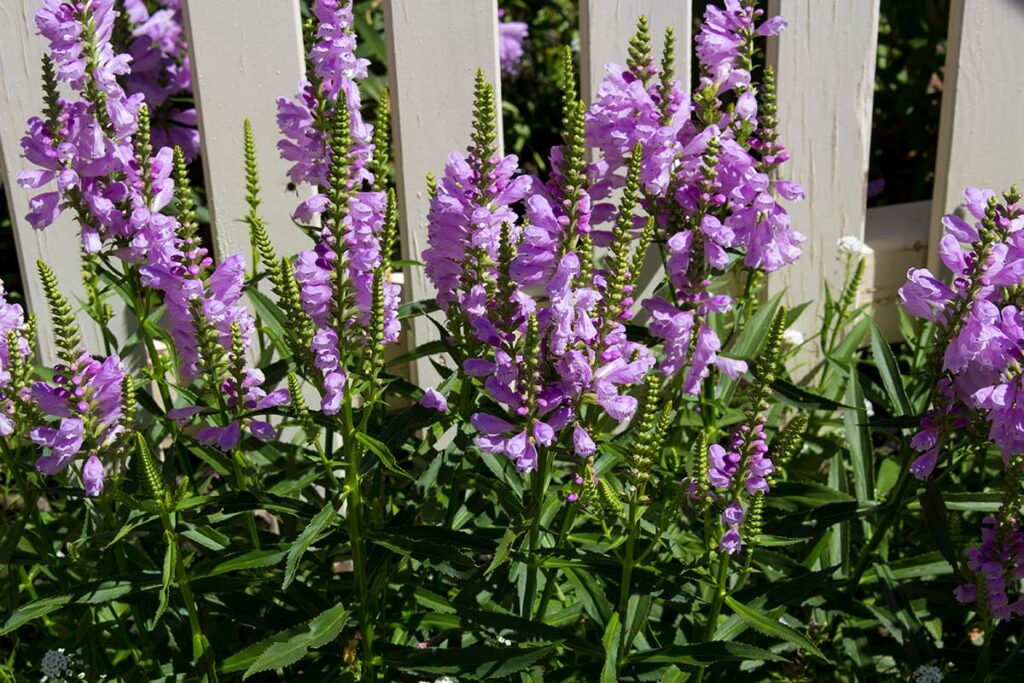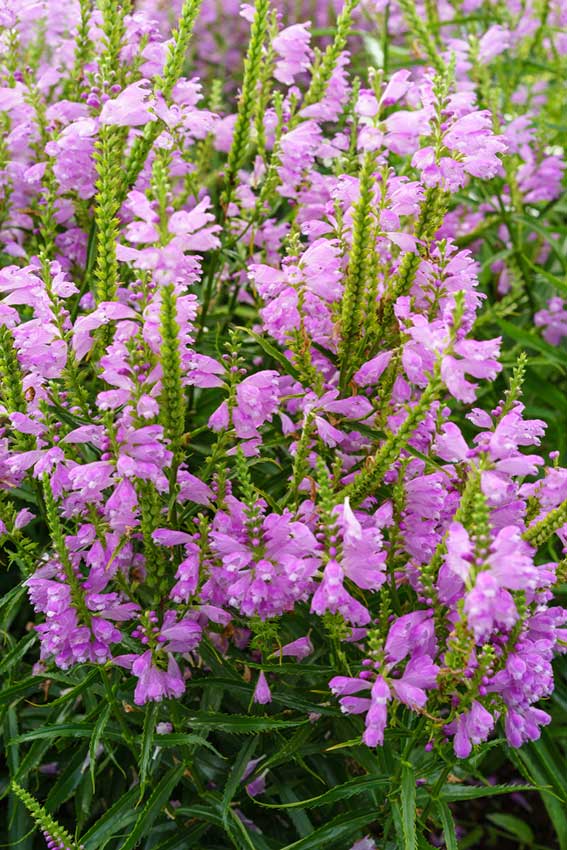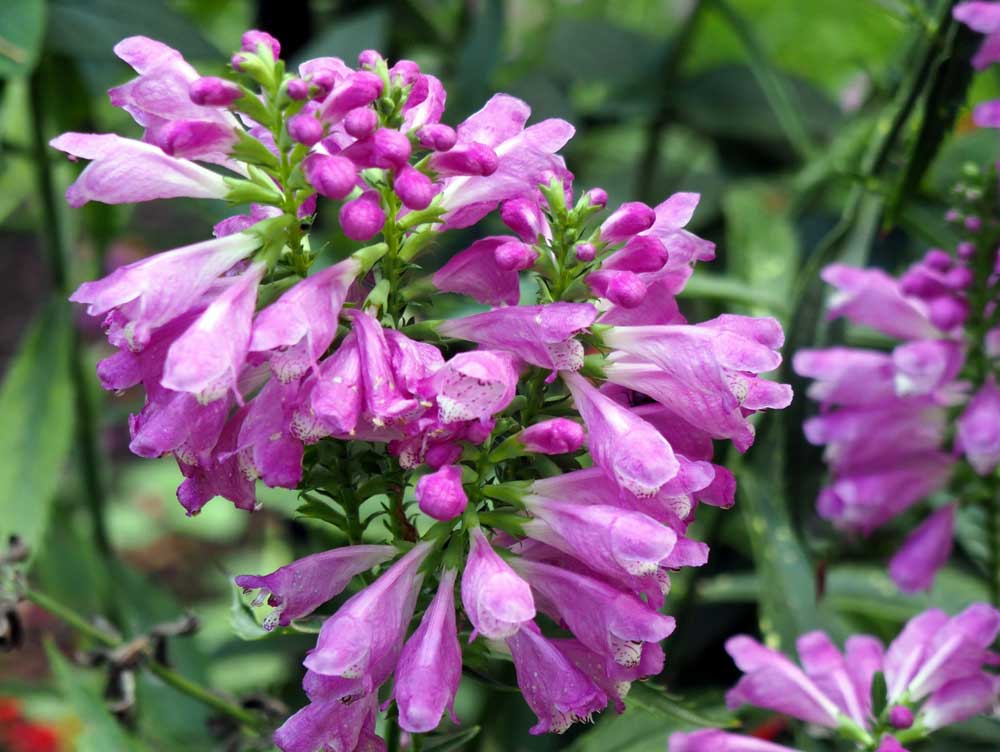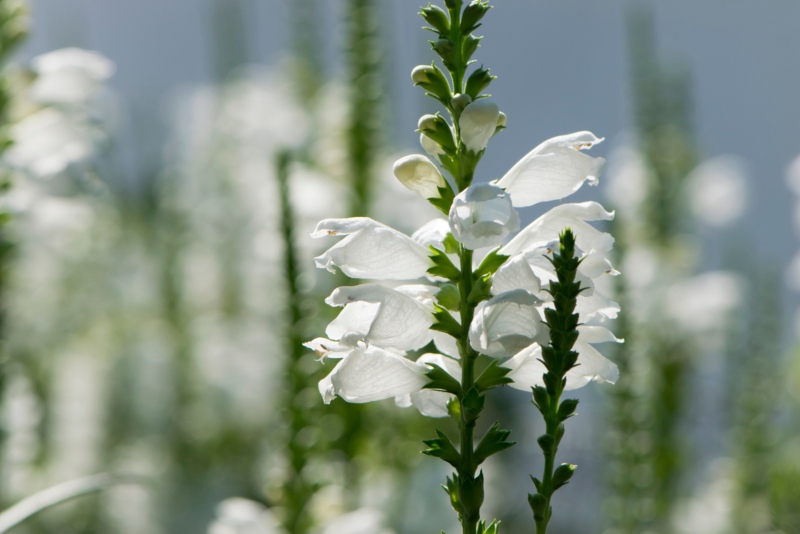
An obedient plant is a great flowering plant to add to your garden. They’re fast-growing, hardy, and highly tolerant.
They’re perennial plants and require little care. It’s also easy to start an obedient plant from seed.
The seeds can be sown as easily as digging a shallow hole in the garden bed and dropping a few. Timing is the only major factor that you have to keep in mind.
This guide will teach you how to grow and care for an obedient plant so exceptionally that everyone would think you have a green thumb.
How to Start an Obedient Plant from Seed
The obedient plant, otherwise known as false dragonhead or Physostegia virginiana, is a herbaceous flowering plant that requires cold temperatures and moisture to germinate.
Without these conditions, its seeds will lay dormant. Lucky for us, there are two effortless ways to break its dormancy: direct sowing during the cold season and cold stratification.
Direct Sowing
Direct sowing is exactly what it sounds like. You dig a hole wherever you want to sow the seed, drop a few, and then cover it with a thin layer of soil. After that, you just have to make sure the soil is moist.
As mentioned earlier, the only tricky part of direct sowing is the timing. You should sow them in late fall or early winter. That’s because the seed needs around 60 days to break its dormancy and start germinating.
If you sow them too late, the cold season may not be long enough to get them germinating. Sowing them right will ensure that by spring, when the snow starts to melt, they’ll have strong roots that aren’t susceptible to rot.

Cold Stratification
If you prefer to sow obedient plant seeds during spring with your other plants, you could subject them to cold stratification for 60 days before planting.
It might sound too technical and scientific, but cold stratification means putting the seeds in your refrigerator. See to it that your seeds are moist for the entire duration.
You can achieve this by mixing the seeds with a moist medium, like peat moss or sand, and keeping them sealed. You could use paper towels as an alternative. After cold stratifying your seeds, you can transfer them to your garden bed.
Where to Get Obedient Plant Seed
Now that you know how to start obedient plants from seeds, all you need is to find some. Since it’s native to North America, obtaining it is almost within arm’s reach.
Essentially, you have two options to choose from:
Buying from Gardening Shops
You can find obedient plant seeds from most gardening shops. Doing so will save you time since you won’t be harvesting them on your own.
You can also make sure you get high-quality seeds that are disease-free. Lastly, buying allows you to pick your favorite varieties.

Gathering from Plants
If you want to put in the work and gather seeds on your own, these are the steps to harvest them:
- Find obedient plants whose stalks are dry to the top.
- Cut the stems just below the flowering parts.
- Put them inside a container or a paper bag and shake vigorously.
- You’ll notice the seeds and the chaffs drop from the stems. Pick out the seeds.
Taking Care of Obedient Plant
Once the plant develops its roots, it’s exceptionally hardy.
It can withstand frost (though its foliage dies) like most perennials. It can also handle droughts. Other than that, it’s resistant to most grazing animals, so you don’t have to babysit it.
Since its roots are rhizomatic, it tends to creep fast and produce new stalks. These stalks produce pretty flowers that attract pollinators—so that’s fertilization taken care of.
Additionally, obedient plants love full sun and loose, moist soil. But, you can have problems with its rapid growth. You can offset this by planting it in suboptimal conditions. Otherwise, you’ll be spending your time manicuring it.
Conclusion
Obedient plants are ideal to have in your garden. They’re hassle-free plants that are simple to grow and maintain. They’ll keep your garden pretty for years because of their perennial nature too.
Being native plants, they won’t disrupt the ecosystems you’ll be putting them in either. Better yet, they’ll help pollinators thrive.
This coming fall, do yourself, your garden, and the bees a favor and start growing obedient plants.





